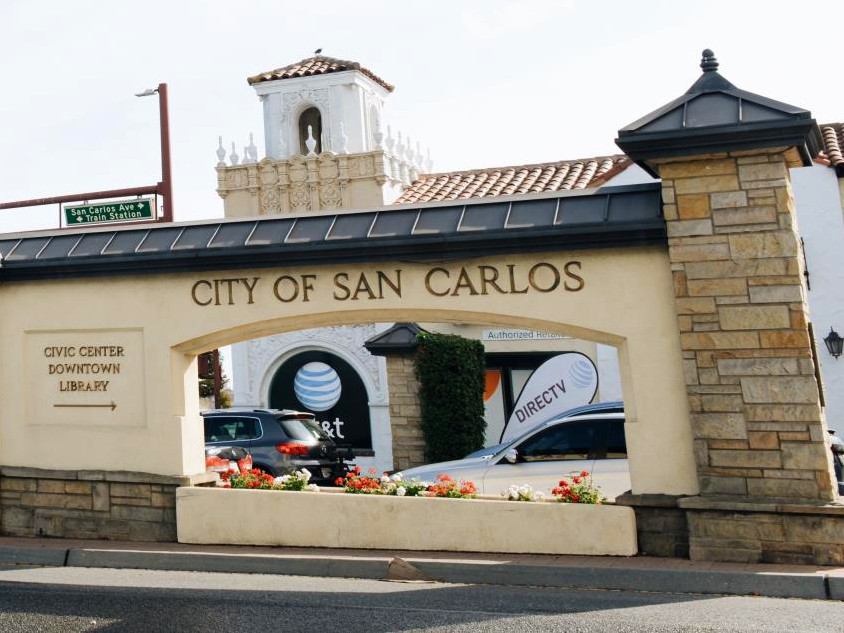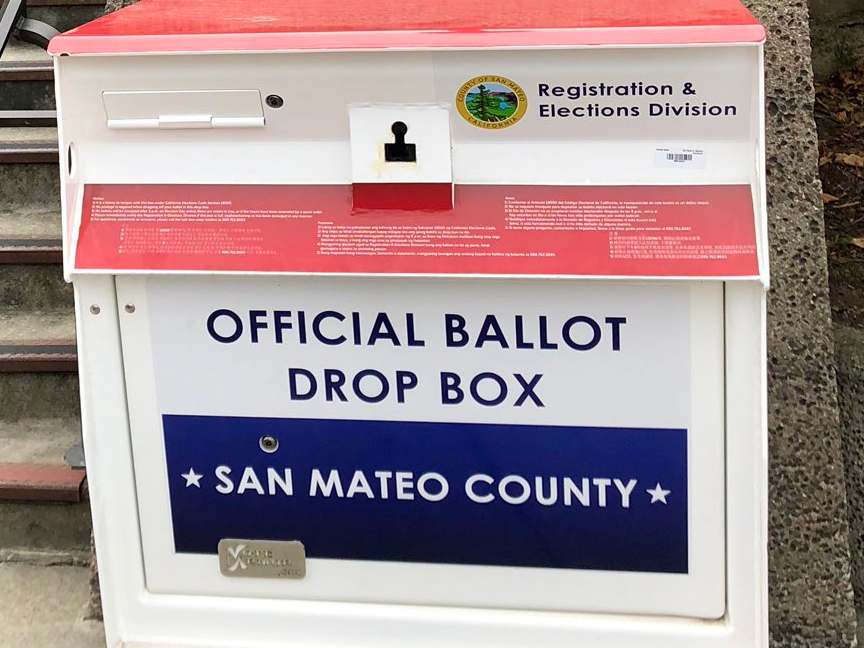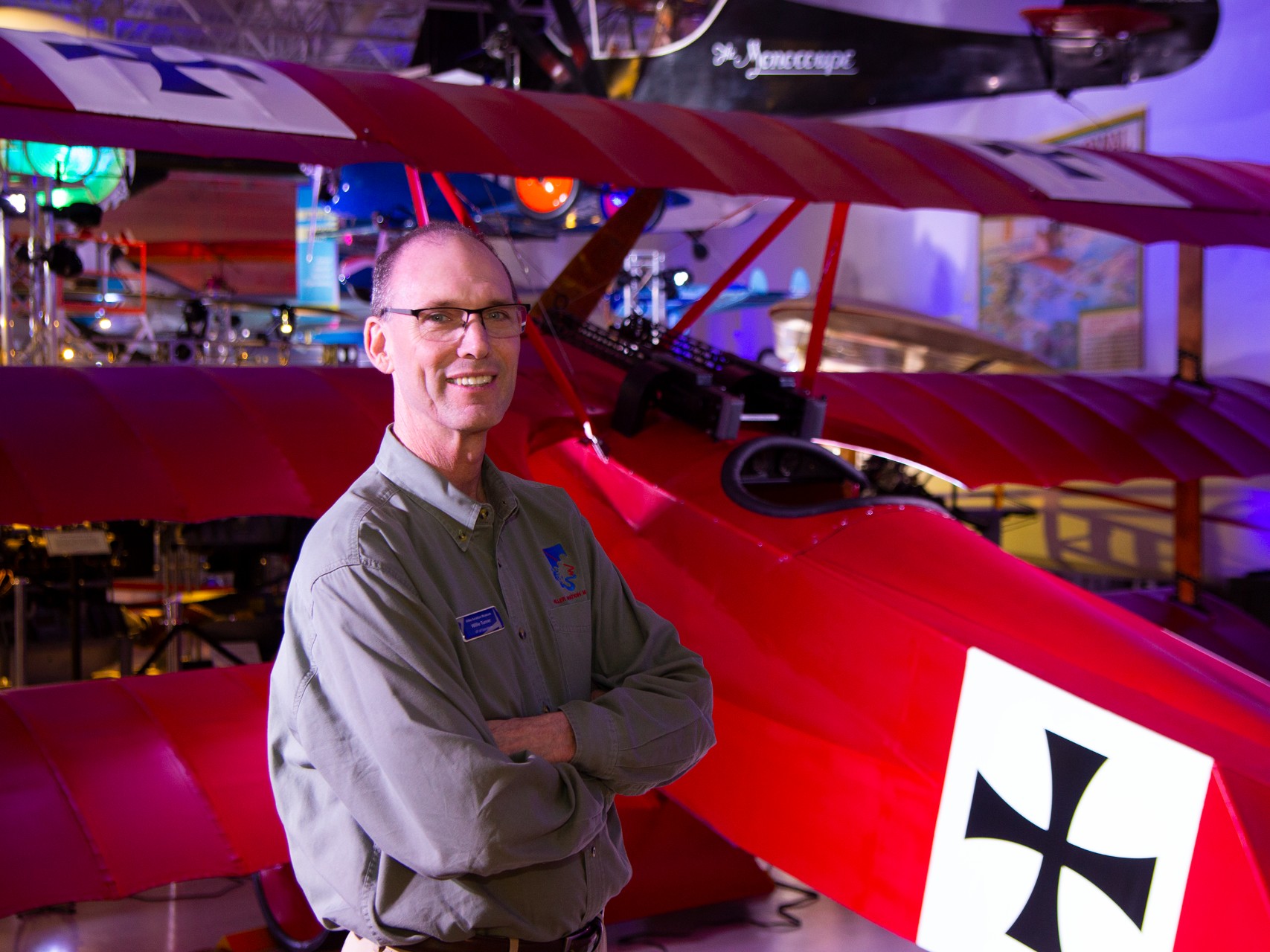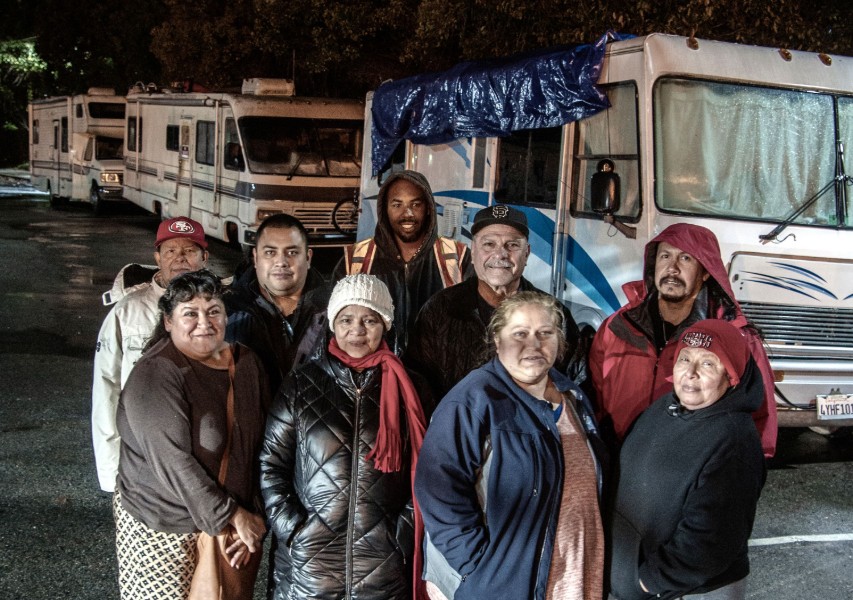Redwood City considers storefront cannabis shops
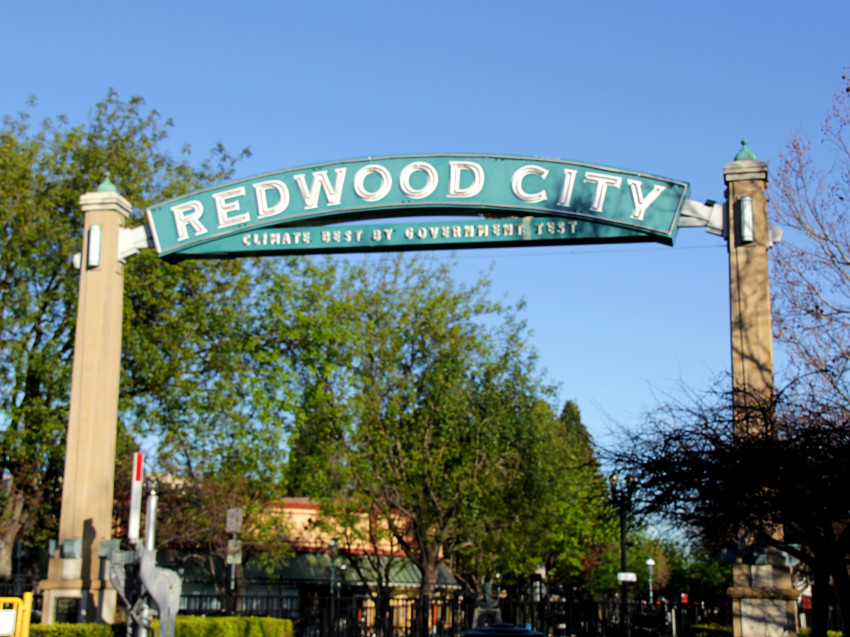
Do you want to see storefront retail cannabis businesses operate in Redwood City? The community can weigh in on the proposal on Tuesday, Feb. 18. The Veterans Memorial Senior Center at 1455 Madison Ave. will host the event from 7-9 p.m.
The city is in its fourth phase of implementing regulations for commercial cannabis businesses. As a result of the first three phases, the city approved delivery of retail cannabis from warehouse centers in the city. For the fourth phase, the city will consider revisions to the municipal zoning codes to allow storefront or walk-in cannabis retail stores.
On March 5, the Fair Oaks Community Center will host another community meeting on the topic from 7-9 p.m. The Retail Cannabis Business Survey provides another way for residents to offer opinions. The anonymous comments will matter because City Council will review them before making a decision. Submissions are due by 11:59 pm on Thursday, March 12.
Photo by Rafael Lima


